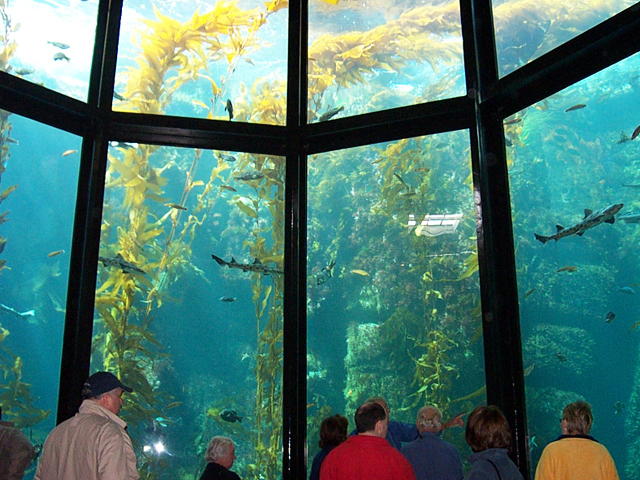Ozone in Aquaculture And Large Aquariums
Aqua culture is highly susceptible to viral and bacterial infections playing havoc on the harvest. If there is a viral outbreak, the cultured sea foods can be destroyed completely within a matter of a couple of days to a few days, destroying the entire harvest before one has time to understand the problem on hand.
Disinfecting the water is the only way to prevent such disasters. However, treating with chlorine is not the answer as residual chlorine can also harm the tiny animals like in shrimp hatcheries and farms. Chlorine can create adverse impact on the breeding. Ozone is the only safe alternative to this problem. Water from the culture ponds is filtered and ozonised continuously within the storage tanks to keep it virus and bacteria free at any time. This water is then drawn from the storage tank to the ponds where the animals are kept. In some instances, the ozonised water passes through a UV system to reduce the residual ozone in water to almost zero level. Correct ozone dosing is very important in applying this technology to the great advantage it offers.

